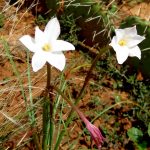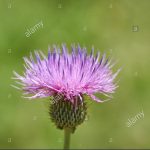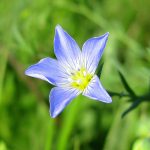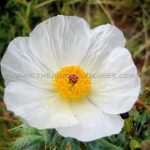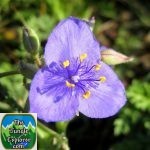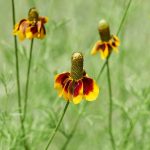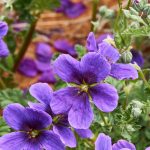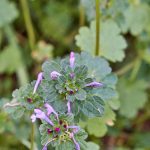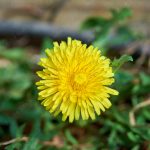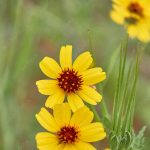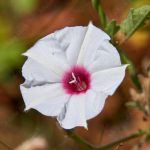This site contains Affiliate Links, which means that I may earn commissions through links you make purchases through. For more information Click Here!
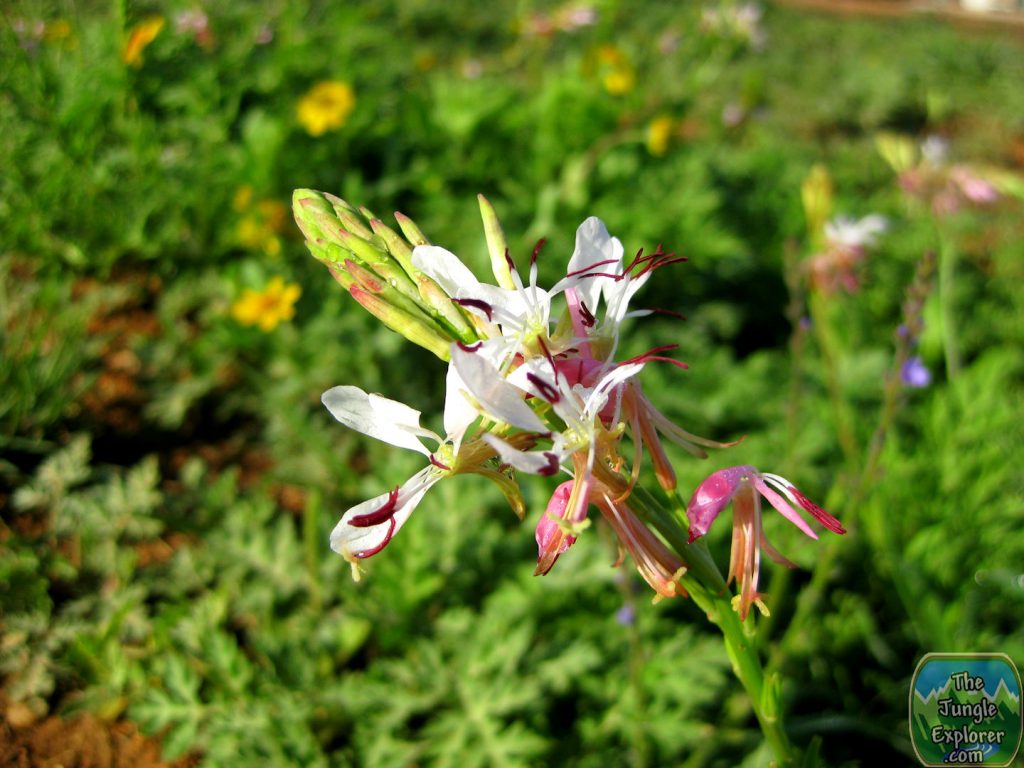
Texas Butterfly Gaura (Oenothera lindheimeri)
Gaura flowers catch attention as the plant always looks great in your brown thumb neighbor’s yard. Waving wands dotted with dozens of pinkish flowers didn’t stop blooming in triple-digit temperatures or dry weather that turned lawns crisp. Get to know this low-maintenance perennial that may give coneflower a run for its money in the cultivated wildflower popularity contest.
Easy Breezy Sun Lovers
Also known as wandflower, whirling butterflies, and bee blossom, Gaura lindheimeri can range from 15 inches to four feet tall, but most new cultivars are bred to be compact and container friendly.
One of the best features of gaura plants is the long bloom time, much longer than most perennials. The heaviest blooming occurs in late spring, but expect flushes of flowers to recur throughout the summer and into fall in USDA growing zones 5-9. Full sun is necessary for floriferous plants, but some afternoon shade is tolerated, especially in hot climates.
Gaura foliage is lance-shaped and often tinged with pink, cream, or gold, depending on the variety. Wiry flower stems bear many one-inch flowers with four petals each. Flowers are white, pink, or a combination of the two.
Planting Gaura
The long taproot that makes gaura so drought-tolerant also makes it difficult to transplant successfully, so choose your planting site carefully. The two most important ingredients for a successful gaura installation are excellent drainage and plenty of sunshine. Gaura plants aren’t the longest-lived perennials anyways, but wet winter soil is a sure way to kill these drought-tolerant natives.
Amend the soil with a mix of compost and grit, or better yet, plant in raised beds. Space the plants at least 12 inches apart, and plant in groups of three or five plants for maximum impact.
BUY!
This gorgeous Texas Butterfly Gaura Mug







